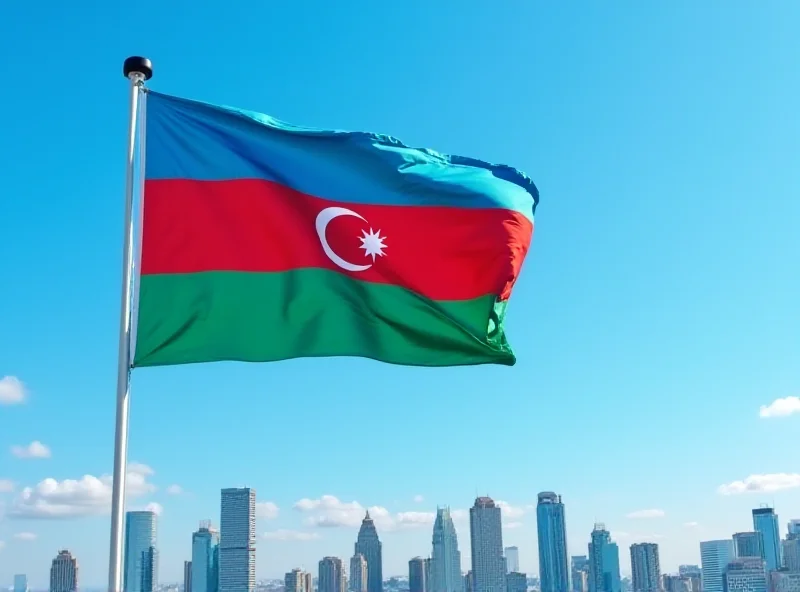Azerbaijan's economic future is drawing attention from international financial institutions. The World Bank has recently released forecasts for the nation's real GDP growth and has also outlined crucial steps for Azerbaijan to achieve its climate goals. These developments, coupled with the ongoing progress of the Middle Corridor, paint a picture of a nation striving for sustainable economic expansion.
GDP Growth Projections
The World Bank's forecasts for Azerbaijan's real GDP growth from 2025 to 2029 offer valuable insights into the country's anticipated economic performance. While the specific figures weren't provided in the source material, the fact that the World Bank is actively monitoring and projecting growth indicates a level of confidence in Azerbaijan's economic trajectory. This forecast helps businesses and investors make informed decisions about their involvement in the Azerbaijani market.

Economic growth is a complex issue. It's influenced by various internal and external factors, including global economic conditions, domestic policies, and geopolitical stability. The World Bank's assessment considers these factors to provide a realistic outlook for Azerbaijan's economic development in the coming years.
Meeting Climate Goals
Beyond economic growth, environmental sustainability is a key focus. The World Bank has also outlined specific steps for Azerbaijan to meet its climate goals. These measures likely involve promoting sustainable practices, implementing financial reforms, and fostering innovation within the green economy sector. Transitioning to a green economy is not just about environmental responsibility; it's also about creating new economic opportunities and ensuring long-term prosperity.
One of the key aspects of meeting climate goals is sustainable development. The World Bank's recommendations likely include promoting renewable energy sources, improving energy efficiency, and implementing policies that reduce carbon emissions. These efforts require a concerted effort from the government, businesses, and individuals.
The Middle Corridor Advantage

The development of the Middle Corridor is poised to significantly enhance Azerbaijan's access to global markets. According to the World Bank, improvements in transport infrastructure along the corridor will streamline import and export operations, boosting competitiveness and economic growth. This strategic initiative aims to connect Azerbaijan more effectively with international trade networks, opening up new opportunities for local businesses.
"The Middle Corridor development is seen as a major step towards improving global market access for Azerbaijani businesses," states a World Bank report.
By facilitating smoother trade flows and reducing transportation costs, the Middle Corridor can empower Azerbaijani businesses to compete on a global scale. This enhanced connectivity is expected to attract foreign investment and stimulate economic activity across various sectors.

In conclusion, Azerbaijan's economic outlook appears promising, with the World Bank playing a crucial role in guiding the nation towards sustainable growth and climate responsibility. The development of the Middle Corridor further strengthens Azerbaijan's position as a key player in regional and global trade.
